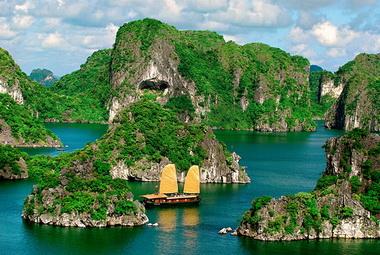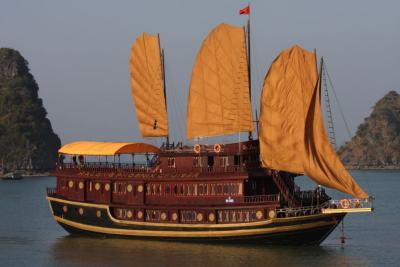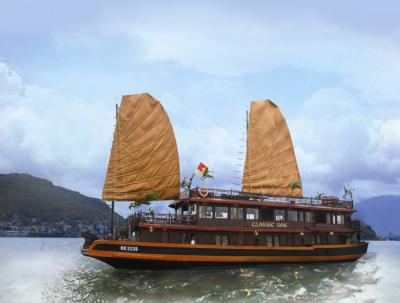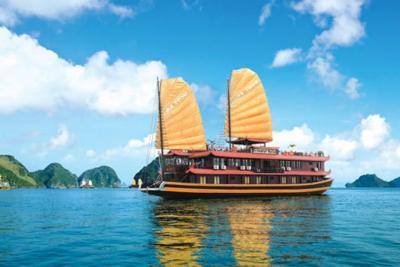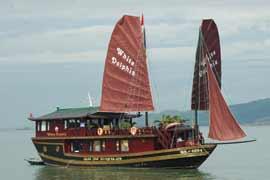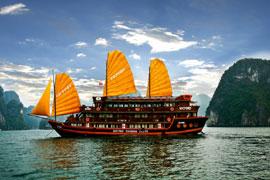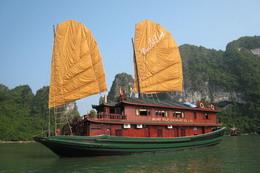| With a large number of civilians fleeing from Tamil Tiger rebels’ territory to government held areas and the Army entering the so-called no fire zone (NFZ) in the north, Sri Lanka’s long drawn-out civil war is coming to a conclusion, said the military and analysts.
 | Military spokesman Brigadier Udaya Nanayakkara (2nd L) points to a diagram that he says shows the progress of the Sri Lankan army against the Liberation Tigers of Tamil Eelam (LTTE) during a news conference at the media centre for national security in central Colombo April 22, 2009. (Xinhua/Reuters Photo)
|
The Sri Lankan government said Wednesday that more than 100,000 civilians have fled the NFZ controlled by the rebels since Monday after the troops captured some of the defense lines built by the Liberation Tigers of Tamil Eelam (LTTE) in the western and northern borders of the NFZ to prevent the civilians from escaping.
The government’ defense spokesman Keheliya Rambukwella told reporters on Wednesday that the troops have captured the northern part of the NFZ, further cornering the LTTE into the southern part of the NFZ which is less than 13 sq km.
Rambukwella said he believes LTTE leader Velupillai Prabhakaranis still hiding in the NFZ of the northeastern Mullaittivu district.
The LTTE said on Tuesday that over 1,000 civilians were killed and near 2, 300 civilians were injured on Monday when the troops broke the rebels’ defense lines.
“Since last 48 hours, the Sri Lankan armed forces have been using Tamil civilians as human shields to move into these territory through two fronts, Puttumatalan and Valiynarmadam. The Sri Lankan armed forces are trying to weaken the resistance of the LTTE by using the Tamil civilians as human shields,” said the LTTE in a media release.
The LTTE also requested the International Committee of the Red Cross (ICRC) to provide medical supplies and evacuate by ship the 2,000 people injured and facing imminent danger.
The claims of the two sides can not be independently verified as most international aid agencies and media have no access to the NFZ.
The less than 20-sq-km NFZ was declared by the government early this year to accommodate large number of civilians trapped in the northern battle zone.
International aid agencies said about 60,000 people are still being trapped in the NFZ, while Rambukwella said he has no idea of the exact figure as the government has no access to the area.
Meanwhile, the concerned international community continued to plead with both the government and the LTTE to care for the safety of civilians.
The United States Department of State spokesman Robert Wood said on Tuesday that U.S. ambassador in Colombo, Robert Blake, is urging Sri Lankan officials to seek a diplomatic solution that allows civilians to leave the NFZ.
Wood said the U.S. government has credible reports of increasing casualties as a result of the intensified military actions and he called on both parties to refrain from indiscriminate fire and shelling into and from the NFZ.
He urged the government of Sri Lanka to allow international observers to determine more precisely how many civilians were left in the area.
He said the United States also backed calls by UN Secretary General Ban Ki-moon for UN staff to enter the no-fire zone to facilitate relief operations and the evacuation of civilians.
Norwegian Environment and International Development Minister Erik Solheim, who brokered a ceasefire between the government and the LTTE in 2002, has called on the Sri Lankan government and the LTTE to avoid further civilian losses, by refraining from firing into or attacking NFZ.
“It is unacceptable that hundreds of civilians have been killed or wounded in the latest stages of the fighting in Sri Lanka. This could have been avoided,” Sri Lanka’s leading English newspaper Daily Mirror on Wednesday quoted Solheim as saying.
Solheim stressed that the significant civilian losses could have been avoided if the government and the LTTE had sought a political end to the war.
The Sri Lankan government has rejected all ceasefire calls so far, saying it is unnecessary as large number of civilians are fleeing to government controlled areas and the government is on the verge of completely crushing the LTTE.
Sri Lankan President Mahinda Rajapakse on Monday rejected the request by British Prime Minister Gordon Brown for a pause in military action, as well as Brown’s offer to send a special envoy to Sri Lanka.
Defense spokesman Rambukwella said the government would not allow anyone to “barge” into the country and would turn a deaf ear to international criticism especially at a time when the war was almost won by the security forces.
The LTTE, on the other hand, said on Tuesday that they would never surrender after the Sri Lankan government gave them until noon Tuesday to surrender or be destroyed.
Seevaratnam Puleedevan, secretary-general of the LTTE peace secretariat, told the media that LTTE leader Prabhakaran was inside the NFZ and directing the war against the Sri Lankan armed forces.
He also urged the international community to intervene by forcing a permanent ceasefire, which the government has ruled out.
The International Committee of the Red Cross (ICRC) has called for exceptional precautionary measures to minimize further bloodshed in the NFZ.
“What we are seeing is intense fighting in a very small area overcrowded with civilians who have fled there. The situation is nothing short of catastrophic. Ongoing fighting has killed or wounded hundreds of civilians who have only minimal access to medical care,” the ICRC said in a statement on Tuesday.
“The LTTE must keep its fighters and other military resources well away from places where civilians are concentrated, and allow civilians who want to leave the area to do so safely,” said the statement.
“On their part, government forces are obliged to ensure that the methods and means of warfare they employ make it possible to clearly distinguish at all times between civilians and civilian objects, on the one hand, and military objectives, on the other,” the statement added.
Claiming discrimination at the hands of Sinhamese dominated governments, the LTTE began to fight for an independent Tamil homeland in the north and east since the mid-1980s, resulting in the killing of more than 70,000 in one of the world’s longest civil war.
The current Sri Lankan government began to launch a massive military assault against the LTTE in 2006, capturing almost all of the 15,000-sq-km territory controlled by the LTTE.
Military leaders say the LTTE’s conventional force have been nearly crushed, though the organization may be able to fight a hit-and-run guerrilla war for a long time in the future.
However, analysts fear while the longest war in the world might come to a bloody conclusion, it will be hard for the island to enjoy genuine peace without a credible political solution acceptable to the minority Tamils being enforced.VietNamNet/Xinhuanet |



